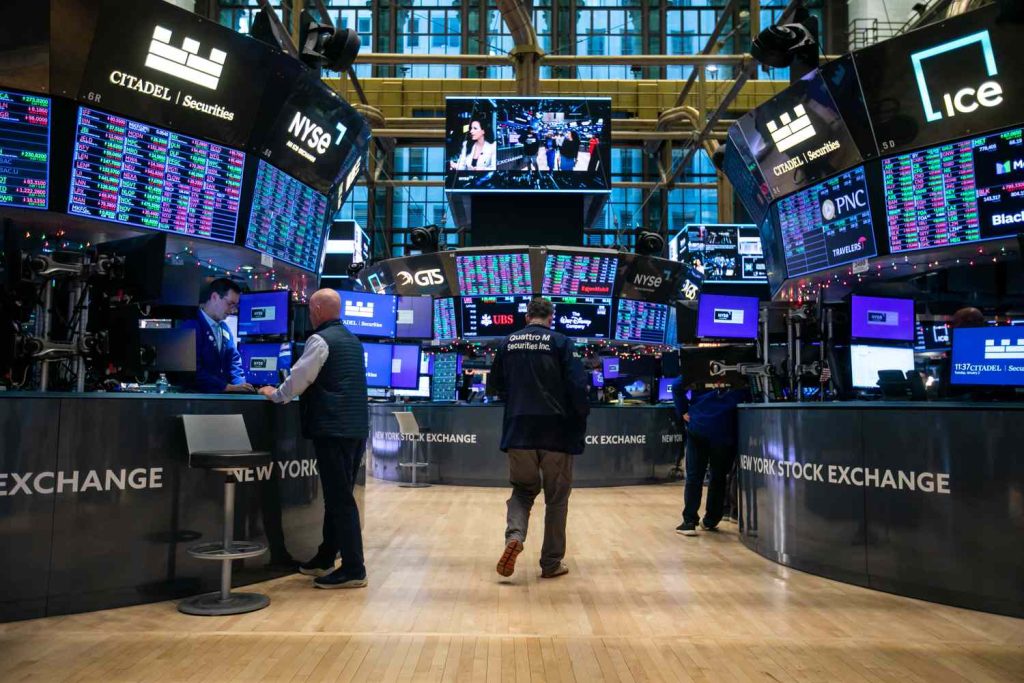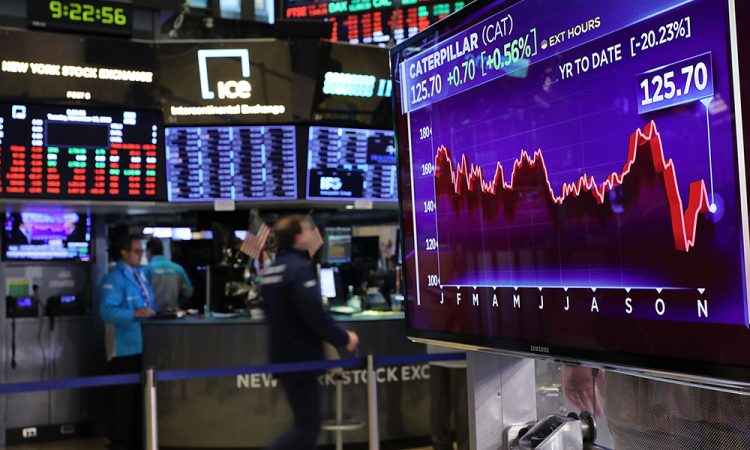In recent months, a string of surprising trade reports from key economies — including China, Germany, South Korea, and the U.S. — has reignited a heated debate: Are we finally witnessing a real rebound in global demand, or is the surge in export and import numbers just a mirage?
From container throughput hitting multi-month highs to manufacturing orders from Asia picking up again, global trade metrics seem to suggest the tide is turning. But beneath the headline figures lies a far more nuanced reality, one shaped by inventory cycles, base effects, front-loaded shipments, currency fluctuations, and regional divergence.
This article dissects the recent uptick in trade data, examines whether it genuinely reflects a sustainable recovery in global demand, and explores how investors, policymakers, and businesses should interpret — or challenge — these numbers.
I. A Global Glance at the Numbers: The Trade Surprise
1. China’s Exports Beat Expectations
In June and July 2025, China posted back-to-back export growth of over 7% year-on-year, outpacing consensus forecasts. Exports to ASEAN, the Middle East, and Latin America grew strongly, while those to the U.S. and EU stabilized.
- Electronics, EV components, and industrial machinery were leading the way.
- Imports also showed signs of resilience, particularly in energy products and semiconductors.
2. Germany and Eurozone Exports Show a Mild Rebound
- Germany’s exports rose 3.5% YoY in Q2, driven by automotive and green technology demand.
- Eurozone intra-trade and external shipments also improved, though import growth remained sluggish, signaling internal demand fragility.
3. South Korea and Taiwan Register Strong Tech Exports
After several quarters of contraction, South Korea’s semiconductor exports rose over 10% YoY, suggesting recovery in global tech hardware demand — especially from AI-related applications.
- Taiwan’s export orders jumped as well, but mainly due to high-end chip packaging and test equipment.
4. U.S. Import Volumes Reaccelerate
U.S. port data (Long Beach, Savannah, New York) shows a sharp increase in inbound container traffic since April — especially for consumer electronics, apparel, and intermediate goods.
So, is this a demand-led recovery, or something else?
II. What’s Behind the Trade Bounce?
Before declaring victory on global demand, it’s critical to dissect the underlying forces driving the data.
1. Inventory Restocking — Not Consumption Revival
Many buyers are rebuilding inventories after extended drawdowns in 2023–2024, when supply chains were overcorrected. The restocking phase:
- Inflates short-term trade volumes,
- Boosts intermediate goods shipments (not final consumption), and
- Often fades after 1–2 quarters unless backed by real end-user demand.
Signs of this pattern include rising warehouse utilization rates but flat retail sales, especially in Europe and North America.
2. Front-Loading Ahead of Policy or Tariff Shifts
Several geopolitical and regulatory shifts are prompting preemptive shipping:
- Concerns over U.S.–China trade tensions post-election are pushing firms to accelerate Q3 shipments.
- The EU’s Carbon Border Adjustment Mechanism (CBAM) has led to front-loaded metal and cement exports from developing countries.
- Japan’s upcoming electronic import regulations are spurring orders from Southeast Asia ahead of time.
These are temporary surges tied to event risk, not reflective of sustained demand strength.
3. Base Effects and Statistical Distortion
Much of the YoY growth in trade is flattered by weak comparables from mid-2024, when global trade hit a post-COVID cyclical low.
- Last year’s suppressed numbers make this year’s mild recovery look stronger than it really is.
- Monthly comparisons (MoM) show a more subdued picture, with only modest sequential gains.
4. Energy and Commodity Price Effects
With Brent crude, copper, and iron ore prices stabilizing or rising, import values are rising due to price, not volume.
- Several emerging markets, including India and Turkey, are importing more crude and LNG — but real demand growth is modest.
- Similarly, China’s grain and metal imports reflect strategic stockpiling, not surging consumption.
III. Regional Divergence: Not All Recoveries Are Equal
1. Asia Leads, But Not Uniformly
- Southeast Asia is benefiting from supply chain realignments, with Vietnam and Malaysia seeing double-digit export growth.
- Japan and South Korea, however, still face tepid domestic demand and soft capital goods imports.
2. Europe Still Struggling Internally
Despite some export growth, Eurozone import demand remains weak, reflecting low consumption confidence, tight credit conditions, and stagnant real wages.
3. U.S. Consumer Spending Is Resilient — But Plateauing
Imports have picked up in the U.S., but consumption data shows a tilt toward services over goods, suggesting limited runway for further goods import growth unless inflation falls faster.

IV. Market Implications: Can We Trust the Trade Rally?
1. Currencies: Temporary Tailwinds for Exporters
- Countries posting stronger exports (e.g. Korea, China, Singapore) have seen mild appreciation in local currencies.
- But without follow-through from internal demand, these gains may reverse.
2. Equities: Industrial Cyclicals, Logistics Get a Lift
- Shipping stocks, port operators, and exporters have outperformed in recent weeks.
- However, analysts warn of inventory-led reversals later in the year, especially if final demand doesn’t keep up.
3. Bonds: Not Yet a Signal of Overheating
- Bond markets remain skeptical of sustained global reflation. Real yields are high, and inflation breakevens have barely moved despite rising trade numbers.
- This suggests markets still don’t see a synchronized global recovery.
V. What Would Confirm a Real Global Demand Recovery?
If the recent surge in trade is truly signaling a structural rebound, several confirmatory indicators would need to align:
- Sustained uptick in retail sales and industrial production across regions (not just in Asia).
- Improving consumer sentiment in Europe and Japan, along with broader credit expansion.
- Global PMI indices for new export orders rising above 52+ for multiple months.
- Durable goods orders and capital expenditure picking up in the U.S., EU, and emerging markets alike.
So far, many of these signals are mixed at best.
Conclusion: A Promising Bounce, But Not Yet a Breakout
Trade data is improving. That much is clear. But whether this rebound marks the beginning of a durable global demand cycle — or is simply a restocking blip, a base effect illusion, or a reaction to temporary geopolitical factors — remains to be seen.
For now, the smartest approach is one of cautious interpretation and selective positioning. Investors should dig deeper than export percentages. They must ask: Who is buying, why, and for how long?
Because until demand shows up in the last mile — in real consumption, wage growth, investment, and credit expansion — trade surges may remain, at best, a hopeful signal… and at worst, a misleading one.





























